Unlocking a passion for darts in young people is easier than you think! This article explores the exciting world of Junior Darts Club Activities, offering a comprehensive guide to structuring engaging sessions that build skills, foster sportsmanship, and ignite a lifelong love for the game. We’ll cover everything from fundamental techniques to fun competitions, ensuring a vibrant and supportive environment for young dart enthusiasts.
⚠️ Still Using Pen & Paper (or a Chalkboard)?! ⚠️
Step into the future! The Dart Counter App handles all the scoring, suggests checkouts, and tracks your stats automatically. It's easier than you think!
Try the Smart Dart Counter App FREE!Ready for an upgrade? Click above!
Engaging Junior Darts Club Activities: A Complete Guide
Creating a thriving Junior Darts Club requires a thoughtful approach to planning and executing Junior Darts Club Activities. It’s not just about throwing darts; it’s about creating a positive, supportive, and fun learning environment. Here’s a breakdown of key elements to consider:
Fundamental Skills Development
The foundation of any successful Junior Darts Club lies in teaching the basic skills correctly from the start. This includes:
- Stance: Emphasize a stable and balanced stance, ensuring players are comfortable and confident. Different stances exist, so help each child find what works best for them.
- Grip: Explain the importance of a consistent grip that allows for a smooth release. Experiment with different grips to find the most natural one.
- Throwing Technique: Break down the throwing motion into stages: setup, backswing, forward swing, and follow-through. Encourage a smooth, controlled motion.
- Aiming: Teach techniques for accurately aiming at the target. Focus on visualizing the path of the dart and adjusting accordingly.
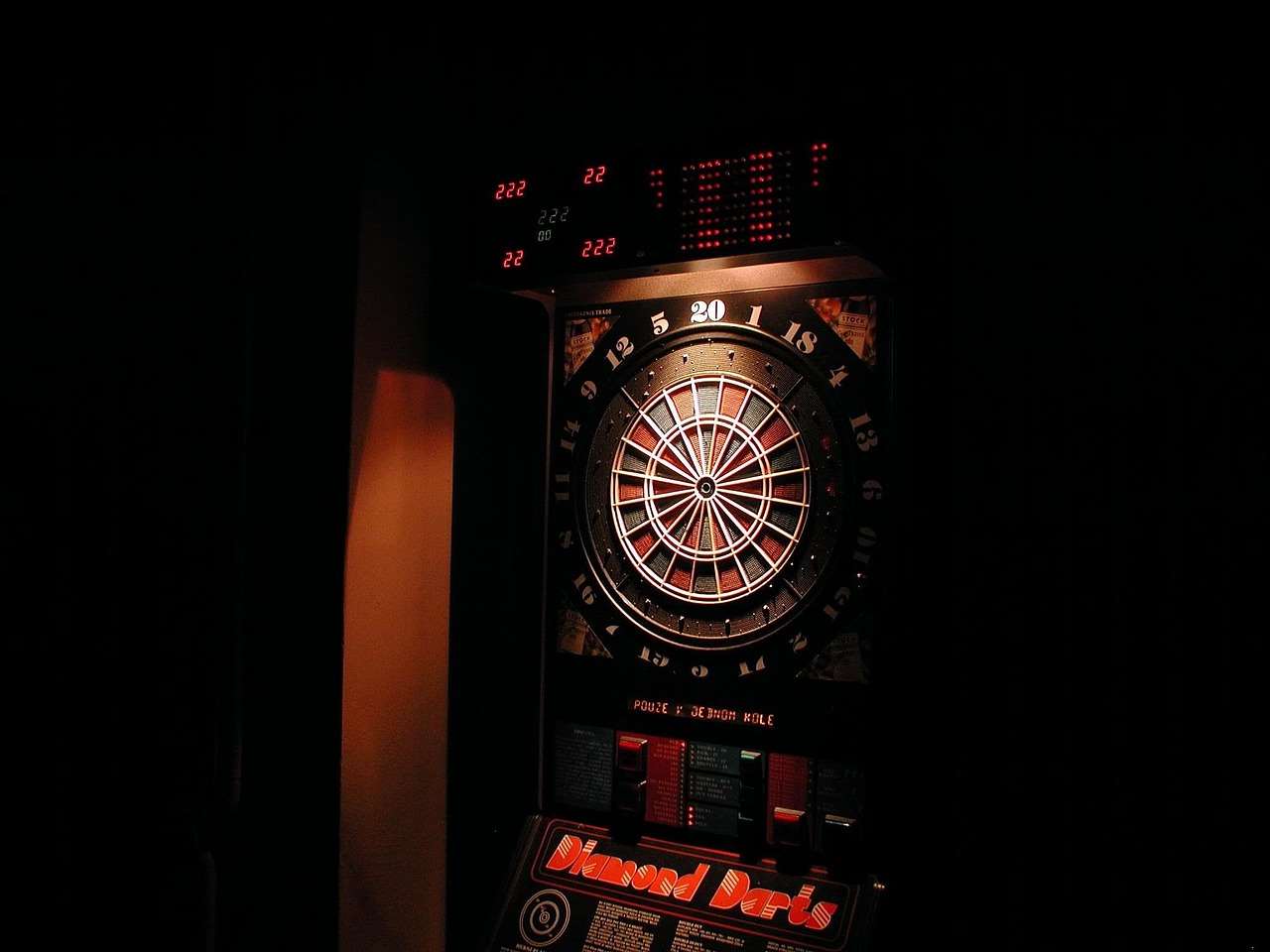
These fundamental skills are crucial for improvement and will help young players develop a strong foundation for more advanced techniques later on. Remember to provide individual feedback and encouragement to help each child progress at their own pace.
Fun and Engaging Training Drills
To keep Junior Darts Club Activities interesting, incorporate a variety of fun and engaging training drills. Avoid repetitive drills that can lead to boredom. Some popular options include:
- Around the Clock: Players must hit each number on the dartboard in sequence, starting with 1 and ending with 20. This drill improves accuracy and target selection.
- Cricket Practice: Focus on hitting specific numbers required for the game of cricket. This drill improves strategic thinking and accuracy under pressure.
- Bullseye Challenge: Players compete to see who can hit the bullseye the most times in a set number of throws. This drill improves focus and precision.
Adapt drills to suit the skill level of the players. Modify the rules or scoring to make them easier or more challenging. Keep the atmosphere light and enjoyable, and celebrate successes.
Organizing Effective Junior Darts Club Activities
Effective organization is vital for the smooth running of Junior Darts Club Activities. A well-structured session ensures that all participants are engaged and learning. Here’s how to structure your sessions:
Session Structure and Planning
A typical session should include:
- Warm-up (10 minutes): Start with some light stretching and throwing practice to prepare the players physically and mentally.
- Skills Instruction (20 minutes): Focus on a specific skill, providing demonstrations and individual feedback.
- Drills and Practice (30 minutes): Allow players to practice the skill through various drills and activities.
- Games and Competitions (30 minutes): End the session with fun games and competitions to put the skills into practice and foster a sense of competition.
- Cool-down (10 minutes): Conclude with a brief cool-down and review of the session.
Plan your sessions in advance, taking into account the skill level of the players and the resources available. Vary the activities to keep things fresh and exciting. Consider involving the junior players in the planning process to give them a sense of ownership.
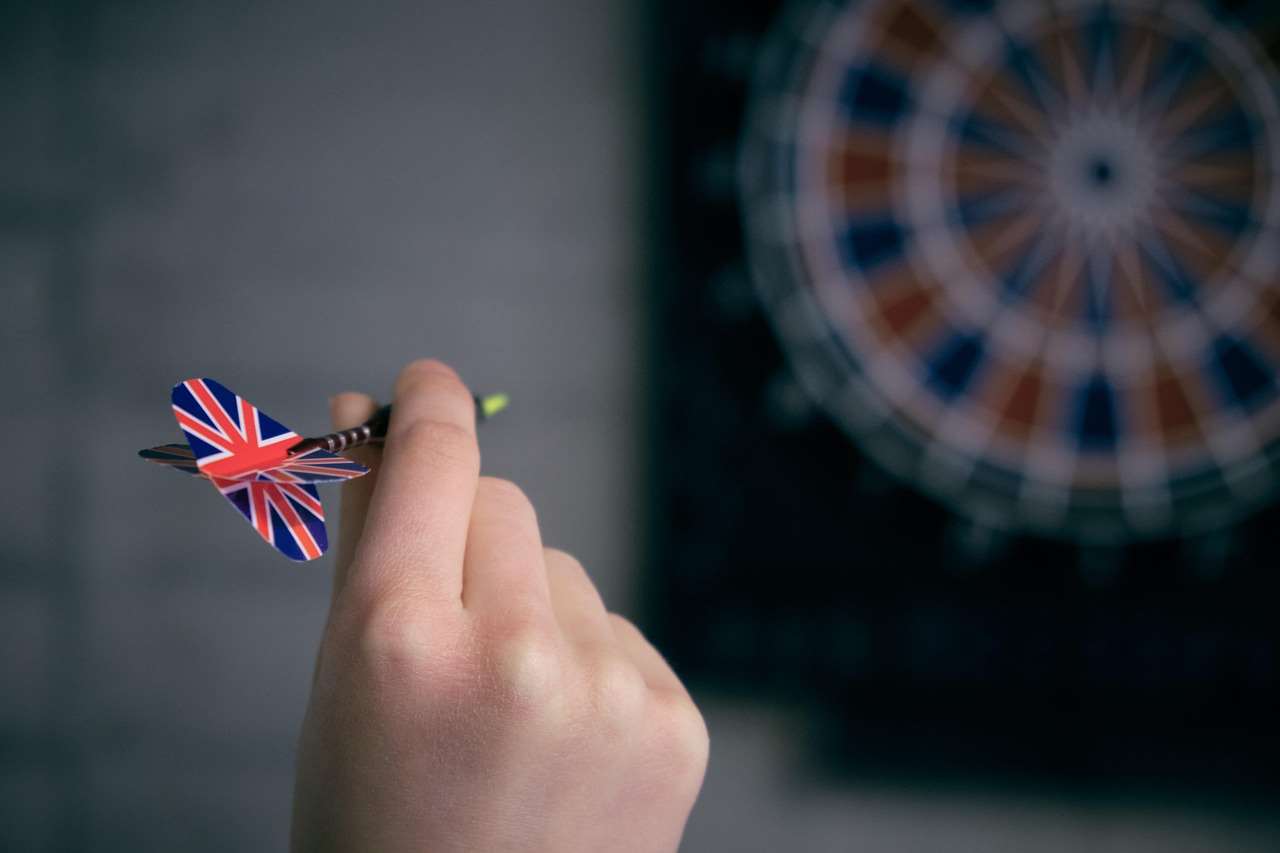
Safety First: Ensuring a Safe Environment
Safety is paramount in any Junior Darts Club. Implement the following safety measures:
- Dartboard Placement: Ensure the dartboard is securely mounted on a sturdy wall or stand.
- Throwing Line: Clearly mark the throwing line (oche) and ensure players stand behind it when throwing.
- Supervision: Provide adequate supervision to ensure players follow the rules and safety guidelines.
- Dart Handling: Teach players how to handle darts safely, avoiding running with darts and pointing darts at others.
- First Aid: Have a first-aid kit readily available and ensure someone is trained in basic first aid.
Regularly review safety procedures with the players and enforce them consistently. A safe environment allows players to focus on learning and enjoying the game.
Beyond the Basics: Expanding Junior Darts Club Activities
Once the basics are established, you can expand Junior Darts Club Activities to include more advanced elements. This keeps things interesting for experienced players and encourages continued growth.
Advanced Techniques and Strategies
Introduce advanced techniques and strategies such as:
- Checkout Strategies: Teach players common checkout combinations and strategies.
- Scorekeeping: Explain the intricacies of scorekeeping in different dart games.
- Mental Game: Discuss the importance of mental focus and how to manage pressure.
- Different Dart Games: Introduce variations of dart games beyond 501, such as cricket or around the world, to broaden their skillset and enjoyment.
Encourage players to experiment with different techniques and strategies to find what works best for them. Provide opportunities for them to practice these skills in game situations.
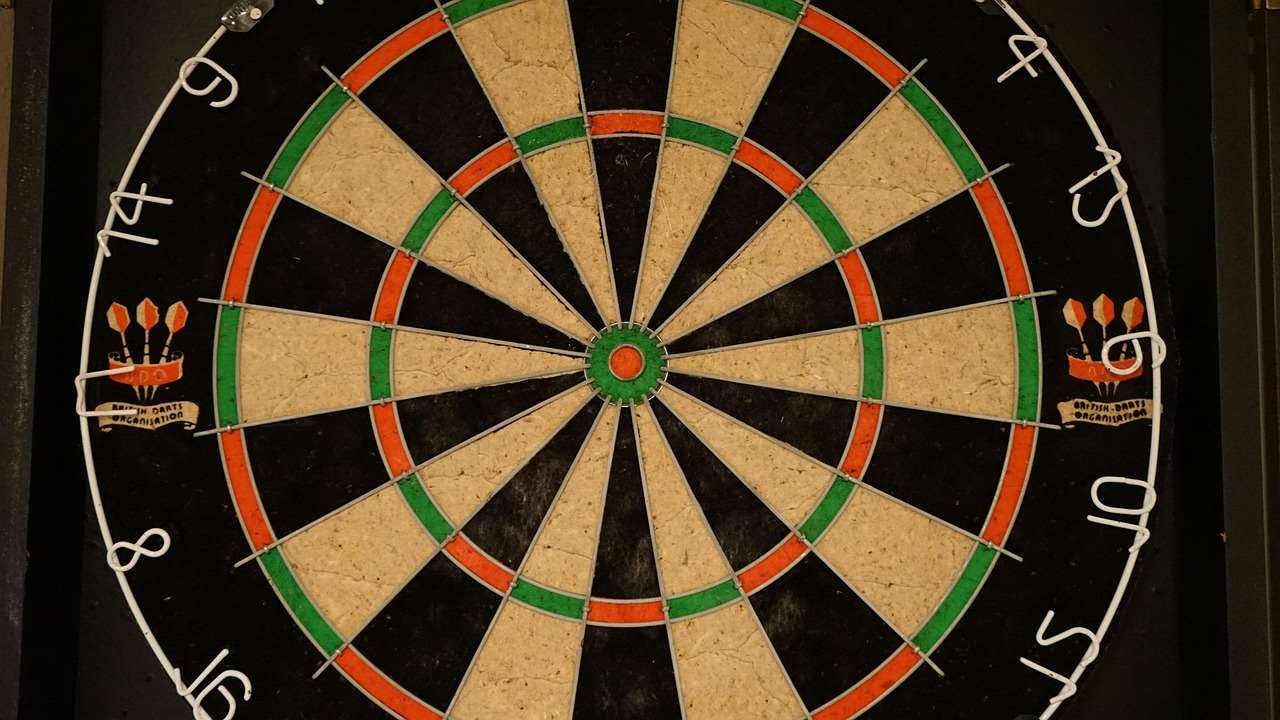
Competitions and Tournaments
Organizing competitions and tournaments is a great way to motivate players and provide them with a platform to showcase their skills. Consider:
- Internal Club Tournaments: Organize regular tournaments within the club to provide players with competitive experience.
- Friendly Matches: Arrange friendly matches with other Junior Darts Clubs or organizations.
- Local Competitions: Encourage players to participate in local dart competitions.
Ensure that competitions are fair and inclusive. Provide opportunities for players of all skill levels to participate. Celebrate successes and recognize achievements. Building Local Darts League Club Guide can provide useful insights for organizing competitions.
Promoting Your Junior Darts Club and Recruiting Members
Attracting new members is essential for the long-term success of your Junior Darts Club. Here’s how to effectively promote your club and recruit new members.
Marketing and Outreach
Use a variety of marketing and outreach strategies to reach potential members:
- Social Media: Create a social media presence to promote your club and activities.
- Local Schools: Partner with local schools to offer introductory dart sessions.
- Community Events: Participate in community events to raise awareness of your club.
- Flyers and Posters: Distribute flyers and posters in local community centers and schools.
Highlight the benefits of joining your club, such as learning new skills, making new friends, and having fun. Showcase the positive aspects of darts culture and community. Darts Culture And Community Guide offers valuable insights into this aspect.
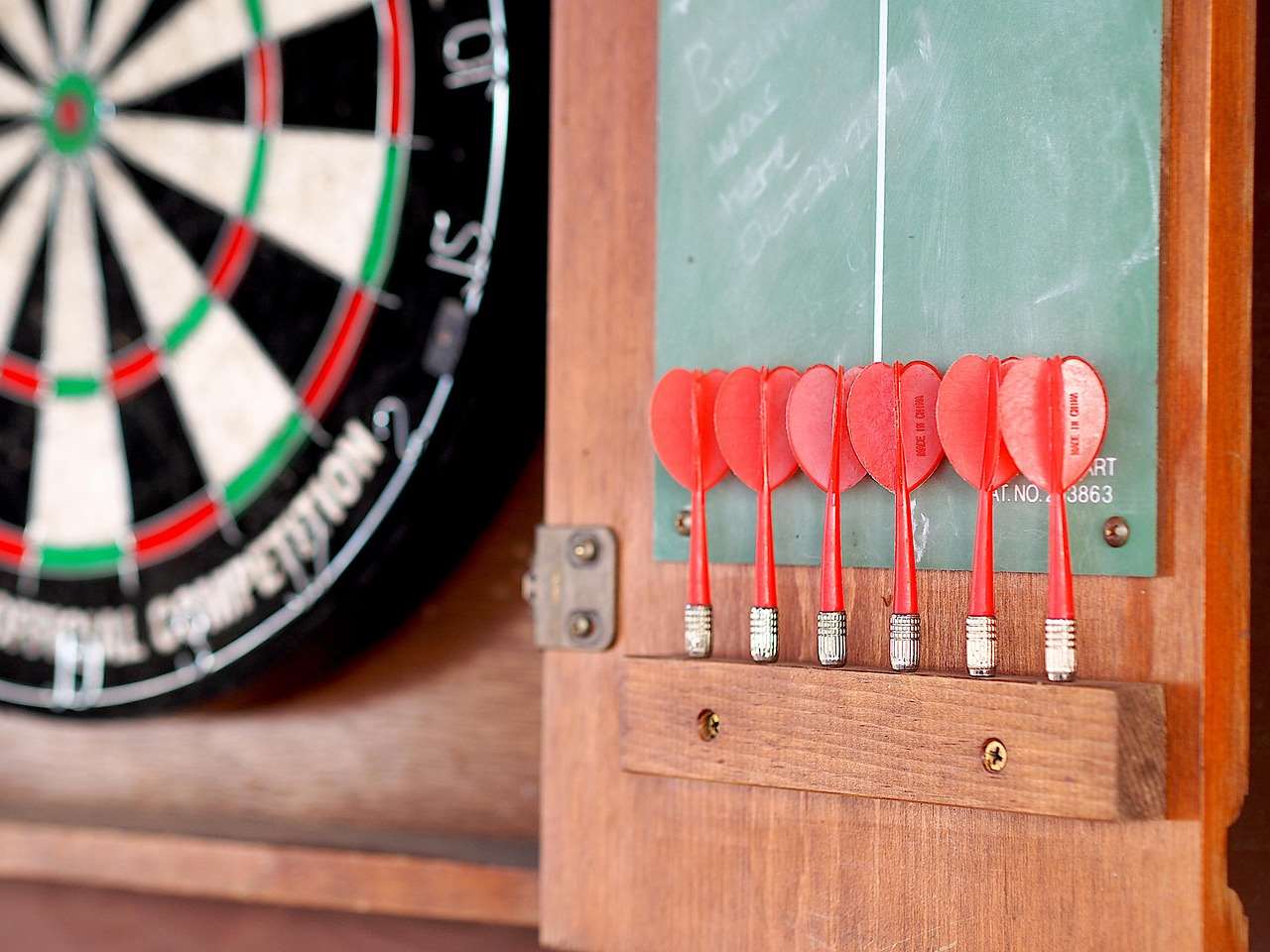
Creating a Welcoming Environment
Creating a welcoming environment is crucial for retaining members. Here are some tips:
- Friendliness: Be friendly and welcoming to new members.
- Inclusivity: Ensure that all members feel valued and respected.
- Positive Atmosphere: Create a positive and supportive atmosphere.
- Mentorship: Pair new members with experienced players who can provide guidance and support.
Foster a sense of community within the club. Organize social events and activities to encourage bonding and camaraderie. Recruiting Members Darts League Club can provide further guidance on attracting and retaining members.
Equipment and Resources for Junior Darts Clubs
Having the right equipment and resources is essential for running effective Junior Darts Club Activities. Here’s a list of essential items and resources:
Essential Equipment
- Dartboards: Invest in good-quality dartboards that are suitable for junior players.
- Darts: Provide a range of darts of different weights and styles to suit different players. Soft tip darts can be a safer and more forgiving option for younger players.
- Oches: Clearly marked oches (throwing lines) are essential for safety and fair play.
- Scoreboards: Use scoreboards to keep track of scores during games and competitions.
- Lighting: Ensure adequate lighting to improve visibility and accuracy.
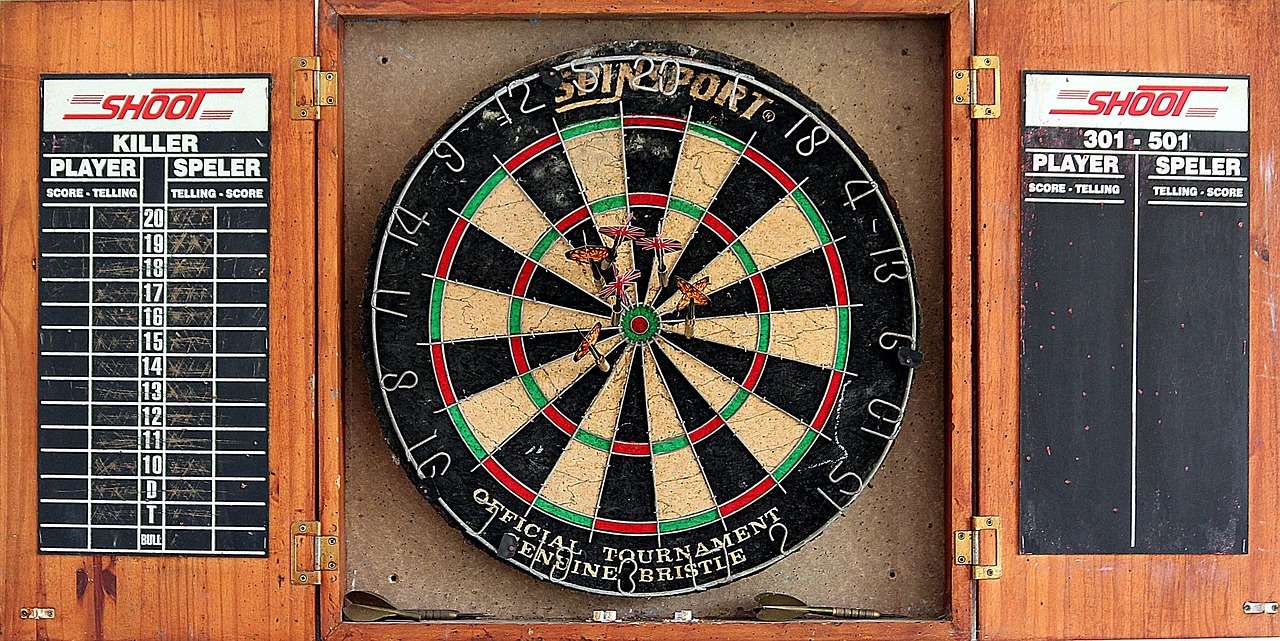
Useful Resources
- Darts Organizations: Contact local or national darts organizations for support and resources.
- Online Resources: Utilize online resources such as websites and forums for tips and advice.
- Coaching Courses: Consider attending coaching courses to improve your knowledge and skills.
- Funding Opportunities: Explore potential funding opportunities to support your club.
Proper equipment and resources can significantly enhance the quality of your Junior Darts Club Activities. Remember to maintain and replace equipment as needed to ensure safety and optimal performance.
Conclusion
Establishing vibrant Junior Darts Club Activities is a rewarding endeavor that can positively impact young lives. By focusing on fundamental skills, engaging drills, effective organization, safety, and promotion, you can create a thriving club that nurtures a love for darts and fosters valuable life skills. Remember to create a welcoming and inclusive environment where every child feels valued and supported. By following the guidelines outlined in this article, you can build a successful Junior Darts Club that provides a fun, safe, and enriching experience for young dart enthusiasts. Start planning your next session today and unlock the potential of the next generation of darting stars! We encourage you to explore resources on How To Build A Darts Club for additional guidance.
Hi, I’m Dieter, and I created Dartcounter (Dartcounterapp.com). My motivation wasn’t being a darts expert – quite the opposite! When I first started playing, I loved the game but found keeping accurate scores and tracking stats difficult and distracting.
I figured I couldn’t be the only one struggling with this. So, I decided to build a solution: an easy-to-use application that everyone, no matter their experience level, could use to manage scoring effortlessly.
My goal for Dartcounter was simple: let the app handle the numbers – the scoring, the averages, the stats, even checkout suggestions – so players could focus purely on their throw and enjoying the game. It began as a way to solve my own beginner’s problem, and I’m thrilled it has grown into a helpful tool for the wider darts community.